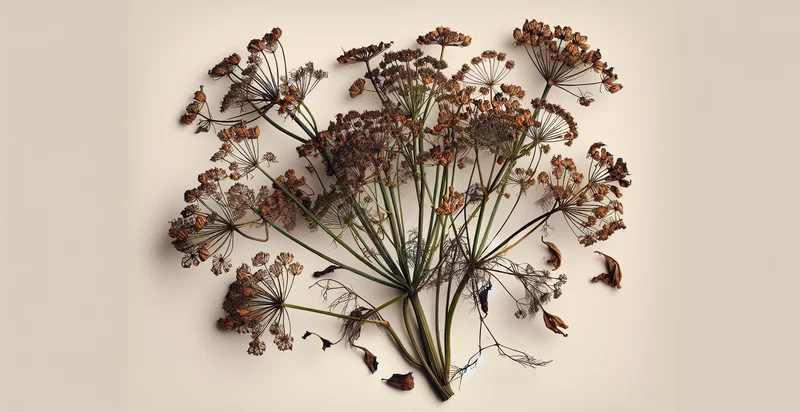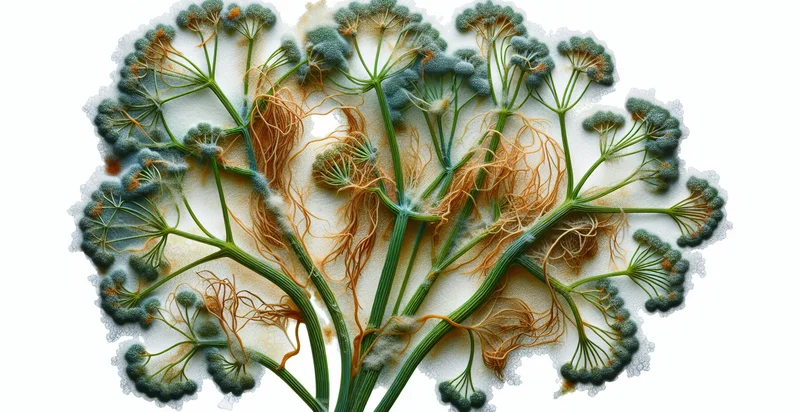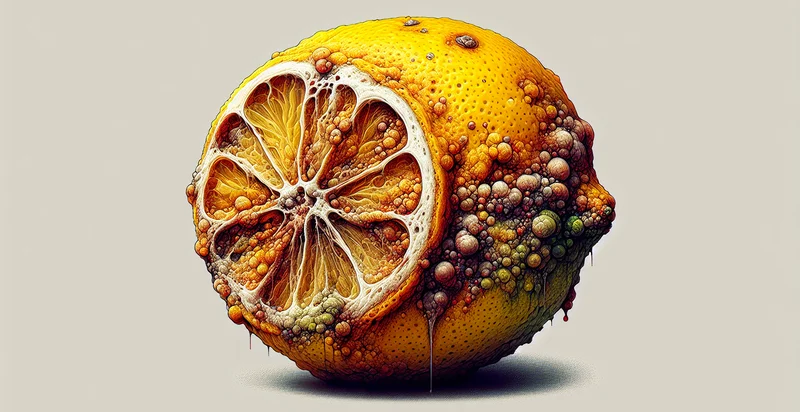Identify if dill is rotten
using AI
Below is a free classifier to identify if dill is rotten. Just upload your image, and our AI will predict if dill is rotten - in just seconds.

Contact us for API access
Or, use Nyckel to build highly-accurate custom classifiers in just minutes. No PhD required.
Get started
import nyckel
credentials = nyckel.Credentials("YOUR_CLIENT_ID", "YOUR_CLIENT_SECRET")
nyckel.invoke("if-dill-is-rotten", "your_image_url", credentials)
fetch('https://www.nyckel.com/v1/functions/if-dill-is-rotten/invoke', {
method: 'POST',
headers: {
'Authorization': 'Bearer ' + 'YOUR_BEARER_TOKEN',
'Content-Type': 'application/json',
},
body: JSON.stringify(
{"data": "your_image_url"}
)
})
.then(response => response.json())
.then(data => console.log(data));
curl -X POST \
-H "Content-Type: application/json" \
-H "Authorization: Bearer YOUR_BEARER_TOKEN" \
-d '{"data": "your_image_url"}' \
https://www.nyckel.com/v1/functions/if-dill-is-rotten/invoke
How this classifier works
To start, upload your image. Our AI tool will then predict if dill is rotten.
This pretrained image model uses a Nyckel-created dataset and has 2 labels, including Dill Is Fresh and Dill Is Rotten.
We'll also show a confidence score (the higher the number, the more confident the AI model is around if dill is rotten).
Whether you're just curious or building if dill is rotten detection into your application, we hope our classifier proves helpful.
Related Classifiers
Need to identify if dill is rotten at scale?
Get API or Zapier access to this classifier for free. It's perfect for:
- Quality Control in Food Processing: Implement the dill rot identifier in food processing plants to streamline quality control processes. By automatically identifying spoiled dill, companies can reduce waste and ensure only fresh ingredients are used in their products.
- Grocery Store Inventory Management: Use the identification function to assess the freshness of dill during restocking in grocery stores. This allows store managers to quickly remove rotten products from shelves, enhancing customer satisfaction and reducing inventory losses.
- Organic Farming Assessment: Farmers can utilize the identifier to monitor their dill crops for signs of rot before harvest. By identifying and addressing rotten plants early, they can improve overall crop yield and quality as well as reduce losses.
- Home Cooking Assistance: Integrate the identifier into smart kitchen devices or apps to help home cooks assess the freshness of dill before use. This feature adds value to the cooking experience, preventing the use of spoiled ingredients in recipes.
- Supply Chain Transparency: Manufacturers and distributors can use the identifier to track the condition of dill during transportation. By ensuring that only fresh products reach retailers, they can maintain high standards of quality and reduce the risk of consumer complaints.
- Catering and Food Services: Caterers can employ the identifier to check the quality of dill on-site during event preparation. By ensuring that all ingredients meet freshness standards, they can enhance the overall quality of the meals served to clients.
- Research and Development: Food scientists and researchers can leverage the identification function to study the shelf life and deterioration processes of dill. This data can lead to better preservation methods and improved formulations for dill-based products in the market.


